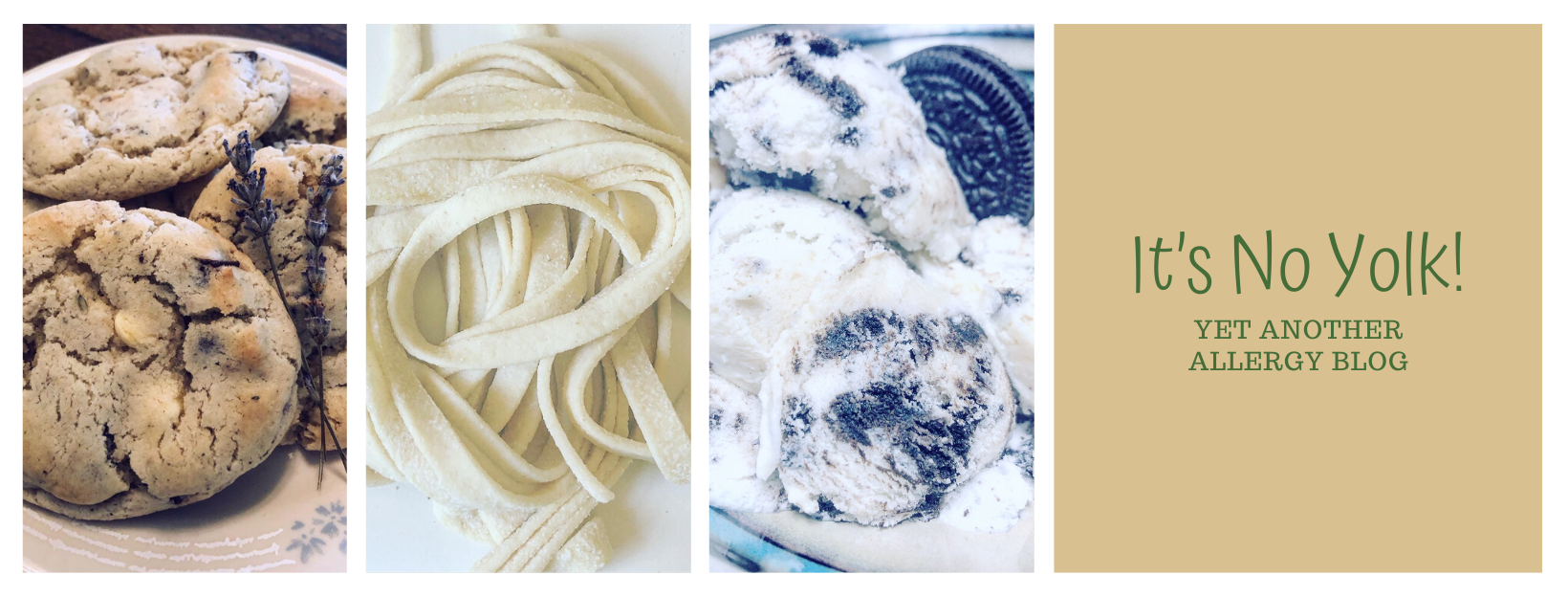Hello, friends! Are your heads still spinning from all the science last week? I know mine is… there was so much to process. Rest assured, I return to you this week with a much simpler discussion. So let’s go ahead and get started.
Real quick though, I do need to remind you that I’m not a doctor. If you have any questions or concerns about your specific diet, you should always talk to your doctor. I’m not qualified to tell you what is safe for you, so please don’t treat this post as such.
A Quick Recap
Last week I opened up a discussion about the safety of an egg substitute called aquafaba. In 2015, the internet lost its mind when food bloggers started using the liquid inside a chickpea can to make meringues, macarons, and many other confections. Since then, there has been a lot fo conversation about whether or not aquafaba is safe to consume. Click here for the link to the full post and all of its science glory. Last week I talked about saponins, the plant-based compound responsible for the foamy qualities in aquafaba. This week, we’re talking about BPA.
What is BPA?
Bisphenol A, BPA for short, is found in polycarbonate plastics and resins. Specifically, for this conversation, BPA lines cans used for canned food, like chickpeas. There is research that suggests that BPA can seep into your food from the lining. especially in the presence of heat on the production line. The FDA condone the use of BPA because in small amounts, like in a can of chickpeas, it’s considered harmless. For more information, here’s the link to the article I read about BPA.
Many people don’t see BPA as worth the risk. Honestly, after talking with my doctor (just like you should do) and doing my own research, I’m not sure I disagree. It takes a little extra forethought, but buying dried goods is a minor inconvenience for some peace of mind regarding food safety.
And, wait for it, you can make homemade aquafaba with dried chickpeas too!
How to Make Your Own Aquafaba
Making aquafaba is easy and relatively quick. Next time you’re going to make some chickpeas, try it out with dried ones and knock both things out at once! Following the package instructions, soak the chickpeas overnight. The next morning, level off the water so everything is still fully submerged. Transfer the chickpeas and water to a pot on the stove, bring to a boil, and then simmer for 25 minutes. When it’s time to drain the chickpeas, do so over a liquid measuring cup. You want to make sure you have between 3/4-1 cup of aquafaba total. If you have more than that, it has too much water and won’t work properly. No worries! Simply put the liquid back in the pot over the stove and simmer a little while longer.
If you’d rather watch me make my own aquafaba, refer to the video below!
Thank you so much for taking the time to read this! I’m so excited to have finished up this two-part blog post about aquafaba and how to consume it safely. Did you enjoy the style of these posts? I also made my first ever video tutorial, what did you think?
As always, if you need anything clarified regarding the post, please reach out! I love hearing from each of you about what I should try next. Happy eating, friends. Stay safe!
